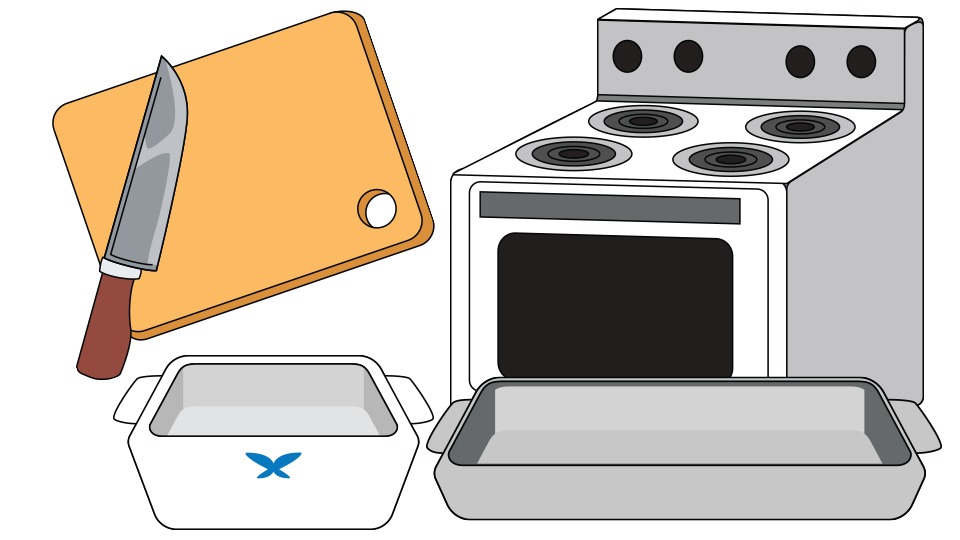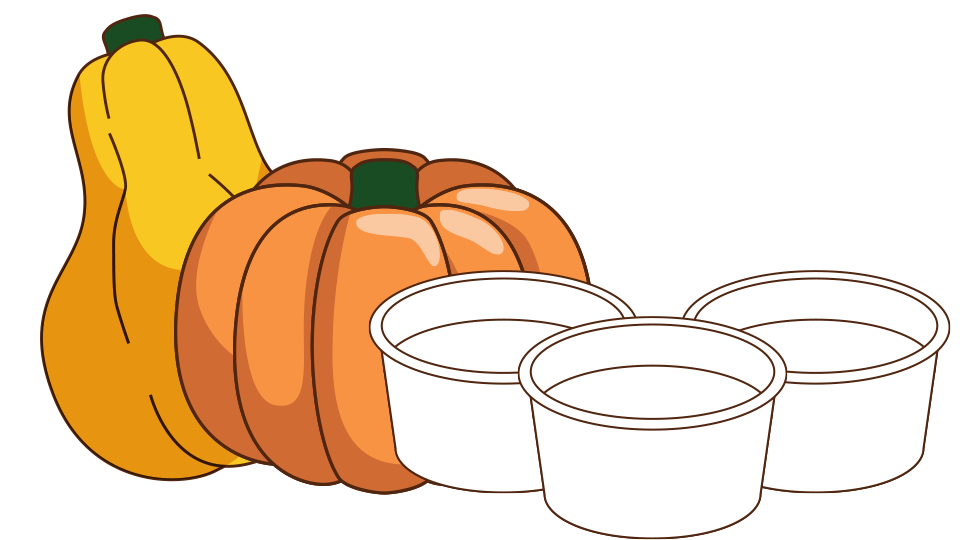About
Purpose
The purpose of this lesson is to introduce a new food to the children in your classroom. The more times children are exposed to new foods, the more likely they are to eat and enjoy these foods in the future.
Overview
In this lesson, children will taste test different varieties of squash.
- Children will complete the second of four squash tasting experiences.
- Children will describe if different colored squashs are similar or different with regard to appearance, smell and taste.
Teaching Objectives
- Teachers will model healthy eating behavior for children.
Teaching Tips
- Both varieties of squash can be prepared earlier in the day or the day before and re-heated for the lesson.
- Some children may not want to try even small samples of squash. Encourage each child in your classroom to try at least one bite of both varieties.
- The more times children are exposed to new foods the more likely they are to like the new food.
- Children are more likely to try a new food if you model the behavior!

